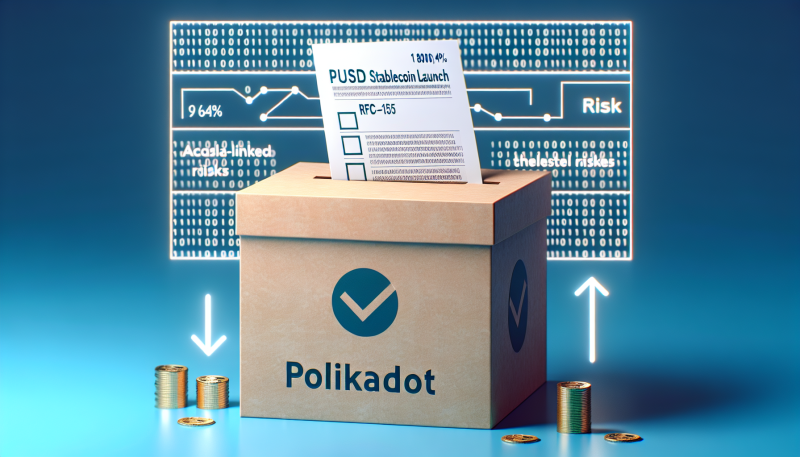What happened?
The Polkadot community is voting on a proposal (RFC-155) to launch pUSD, a DOT-backed algorithmic stablecoin deployed on the Asset Hub using the Honzon protocol. The referendum currently shows about 74.62% Aye versus 25.40% Nay but needs an 80.40% approval threshold to pass. The plan has reignited debate because it’s linked to Acala’s tech and the collapse of aUSD, which left many community members wary.
Who does this affect?
DOT holders and on-chain governance participants are directly affected because pUSD would use DOT as collateral and change how capital is allocated on Polkadot. DeFi projects, validators, and users who need native stable assets would see new options and risks if pUSD launches. Centralized stablecoin issuers like USDC and USDT could lose some dominance inside Polkadot if a native option gains traction.
Why does this matter?
If approved, pUSD could increase demand for DOT as collateral, tighten supply dynamics, and potentially support DOT’s price or staking economics. A native stablecoin would keep more liquidity and DeFi activity inside Polkadot and reduce reliance on external stablecoins, helping the network capture more market share. But the Acala connection and past exploits raise the risk that a failed launch could damage trust and scare away capital, while a smooth rollout could make Polkadot a bigger player in the booming stablecoin market.
